ADDRESSING MARINE NOISE
Organizations like the International Maritime Organization (IMO) and the European Union (EU) are already making efforts to address concerns about underwater noise pollution affecting marine life and habitats, including:
- IMO MEPC.1/Circ.833 Guidelines for the Reduction of Underwater Noise from Commercial Shipping to Address Adverse Impacts on Marine Life
- EU Marine Strategic Framework Directive 2008/56/EC
Several ports, like the Vancouver Fraser Port Authority, are offering a reduction in fees for vessels with classification notations that demonstrate compliance with the class requirements for underwater noise.
Efforts to reduce noise are not limited to underwater, external airborne noise emission has become a focal point for many ports that have raised concerns about the noise pollution in the surrounding areas.
In response to the growing number of regulatory initiatives and business demands, owners, operators, and shipyards are looking for solutions for designing and operating marine and offshore assets with reduced noise emissions.
Demonstrating Mitigation Efforts
The ABS Guide for the Classification Notation of Underwater Noise and External Airborne Noise provides the marine and offshore industries with classification requirements on obtaining optional notations for demonstrating efforts to mitigate noise.
External Airborne Noise Notations
- AIRN or AIRN+
- Issued based on the classification approval process below being completed and sound pressure levels falling within the prescribed range defined in the Guide.
- AIRN-M (a, b)
- Issued based on the classification approval process below being completed. The measured overall noise level and noise level in the low-frequency range are recorded by the identifier a and b.
Underwater Noise Notations
- UWN (Type) or UWN+ (Type)
- Issued based on the classification approval process below being completed and the measured underwater noise levels not exceeding the limits specified in the Guide.
ABS Support to Achieving Noise Reduction
ABS actively supports the maritime and offshore industries’ efforts to address the rising demand for quieter assets. In addition to providing classification notations and criteria to signify the application of noise mitigation measures, ABS can also assist with noise reduction efforts through the following:
- Prediction of underwater noise and external airborne noise through computer simulation
- Assistance in noise measurement planning and data analysis
- Guidance on noise control solutions






































